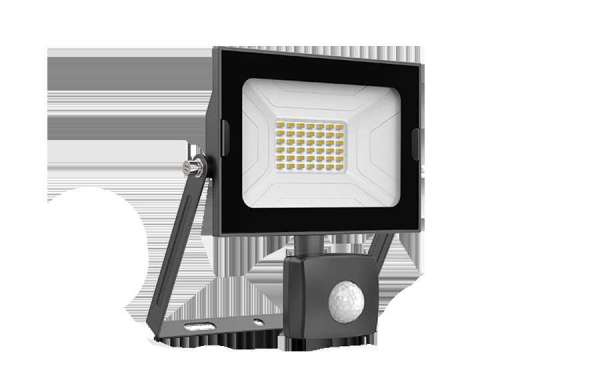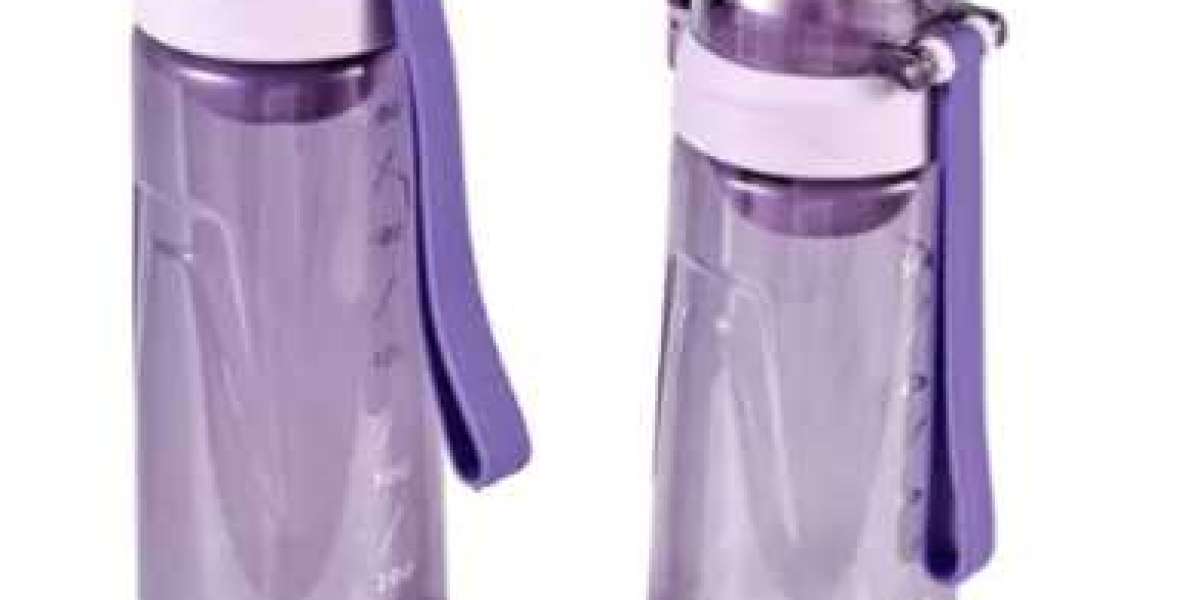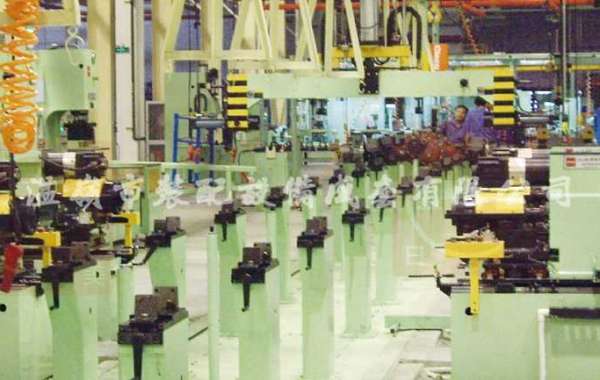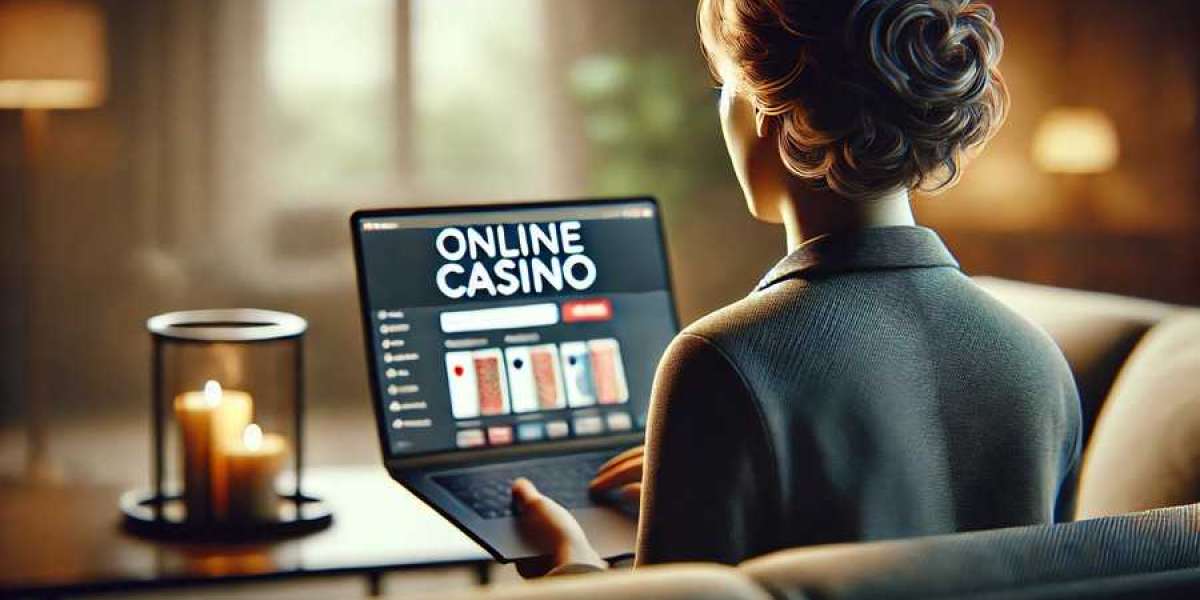The positioning of a Floodlight With Microwave Sensor is more important than you think. A poorly placed sensor will give rise to a lot of frustrations if the light comes on at the wrong moment or not at all.
That is why it is a good idea to carry out some tests in advance. Draw an angle of 220° on a piece of paper (this is the average opening angle of a sensor) and use this to estimate the detection radius. Take into account a detection distance of about 8 metres. Is this too little? If so, you will perhaps need to buy a stronger sensor.
Which sensor do you need?
When purchasing a motion sensor, you should consider the positioning. For example, there are models with a 360° detection radius, but also sensors that only pick up movements within an area of 120°. The opening angle has a role to play in this.
PS: Some motion sensors come with covering plates for adjusting the detection area.
You should also take into account the detection distance. Standard sensors can detect up to distances of 8 metres, but there are also variants which go up to 16 metres. Depending on the positioning, this is something to be taken into consideration.
The cabling and connection
First things first: provide for the cabling. A newly constructed house has the advantage in this regard. Here, you choose the position of the LED floodlight and sensor, so that you can conceal the cables easily.
Sometimes this requires a bit of planning. If you want to, for example, attach a lamp to an extension with a flat roof, then you should place the cable in the slope screed of the roof. This will neatly hide it away.
An existing home often does not provide this luxury. Here, you will possibly need to install an external cable against the outer wall.
The connection diagram
The cabling is fairly easy. For LED floodlights with either an internal or external sensor, you need a 3 wire cable (of 1.5 mm²).
In case of an LED floodlight with built-in motion detector, connect the three wires (phase, neutral and grounding) in the standard manner. In case of a separate motion sensor, you must first connect these wires to the sensor and lead them from here to the lamp(s). You can provide for another switch indoors, if you wish.
Tip: do not forget to turn off the electricity when you connect the lamp and sensor!
Light sensitivity and time
Have you finished connecting the LED floodlight and motion sensor? Then the next step is to set up the light sensitivity and burn time. This is usually done via a small turning button on the sensor, although there are also models with a remote control.
The light sensitivity determines when the lamp comes on (based on the amount of light). The burn time determines how long the lamp radiates light. 3 seconds, 10 seconds, 20 seconds, etc.: the choice is yours. It is best to test the settings over a few evenings and adjust them as required.
The direction of the LED floodlight
Virtually all LED floodlights can be vertically oriented. Many people make a mistake here. They direct the LED floodlight into the distance. This can create a blinding effect. For example, if you have an LED floodlight with motion sensor installed above the garage door, direct it downwards. In this way, you can ‘walk towards’ the light. That is more pleasant and safer.
We are one of the Outdoor Lighting Factory and welcome to contact us immediately!








